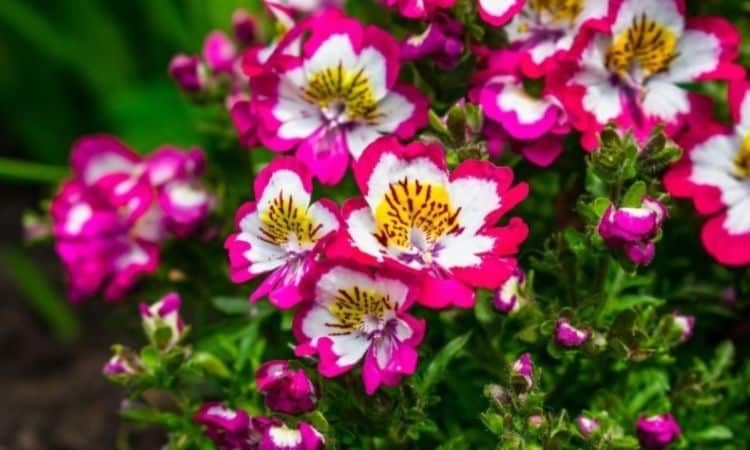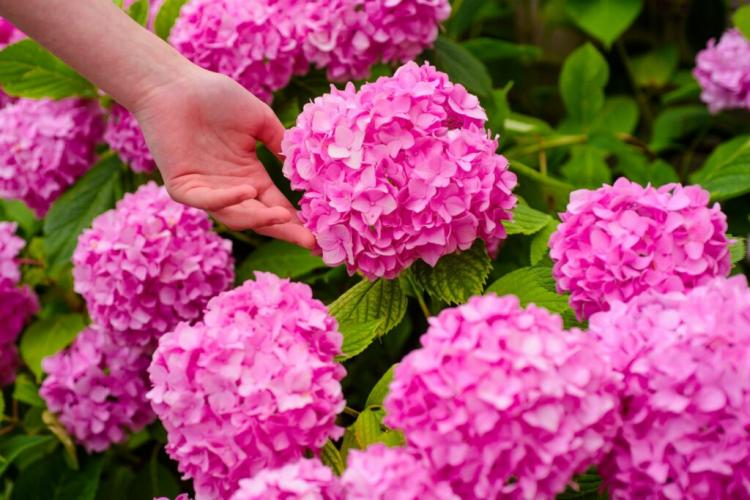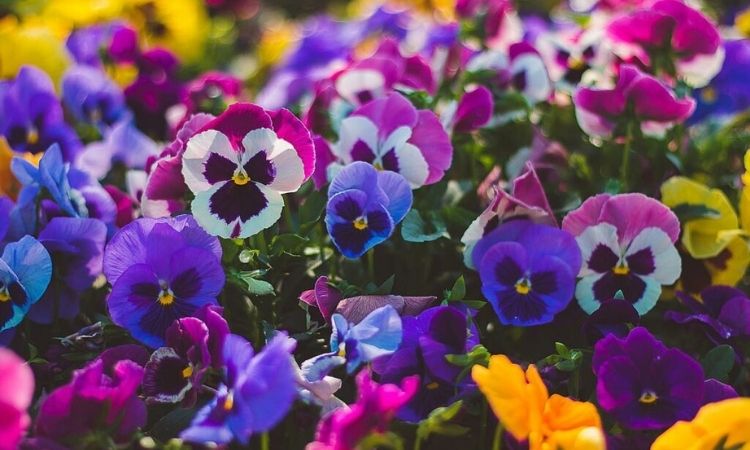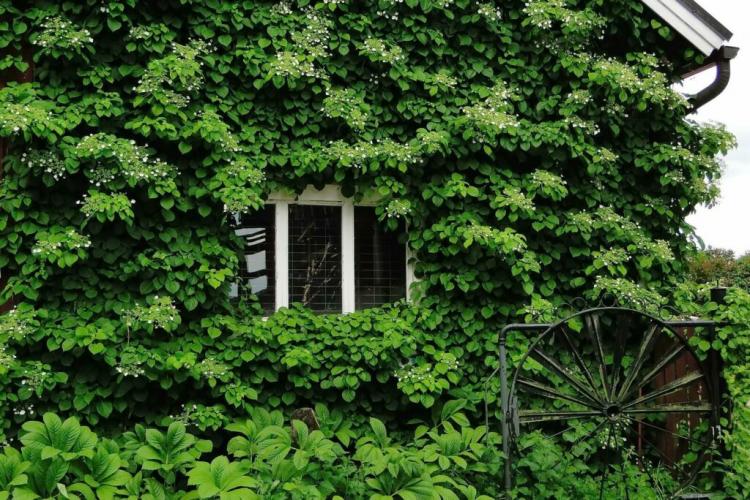Butterfly Flower (Schizanthus): Plants, Care And Varieties
When is the flowering time of the Butterfly Flower (Schizanthus)? We have the answer and present it to you with the most beautiful varieties. Visually, however, the ornamental symmetrical flowers of the Schizanthus can certainly keep up with the flowers of their namesakes.
Butterfly Flower: Flowering Time, Characteristics, And Origin
Table of Contents
Butterfly Flower x wisetonensis belongs to the genus of split flowers (Schizanthus) in the nightshade family (Solanaceae). They were bred in Europe around 1900 as hybrids by crossing two other split flower species, Schizanthus grahamii, and Schizanthus pinnatus. The wild ancestors of the Butterfly Flower originally come from Chile.
Peasant flowers grow up to 40 cm high and have a slightly pyramid-shaped growth. From May to September numerous small flowers are formed, which, depending on the variety, bloom in intense pink, red, white, or multicolored, e.g. purple and white. The multicolored varieties have a yellow-black to the yellow-red center of the flowers.
The five petals are symmetrically arranged, resulting in two mirror-like halves. The stem leaves are pinnate and have a coarsely toothed leaf edge. Their intense green harmonizes very well with the colorful flowers.

Is Butterfly Flower Bee-Friendly?
The pretty flowers of the peasant plants are not only a feast for the eyes, but they are also an attractive food source for bees and other insects.
Is Butterfly Flower hardy?
Due to their origin, Schizanthusis adapted to cold and tolerate temperatures down to -7°C as long as a frost period does not last too long. However, even though they are considered to be hardy under local climatic conditions and can survive the winter, they do not produce new flowers the following year. They are annual ornamental plants that must be reseeded every year.
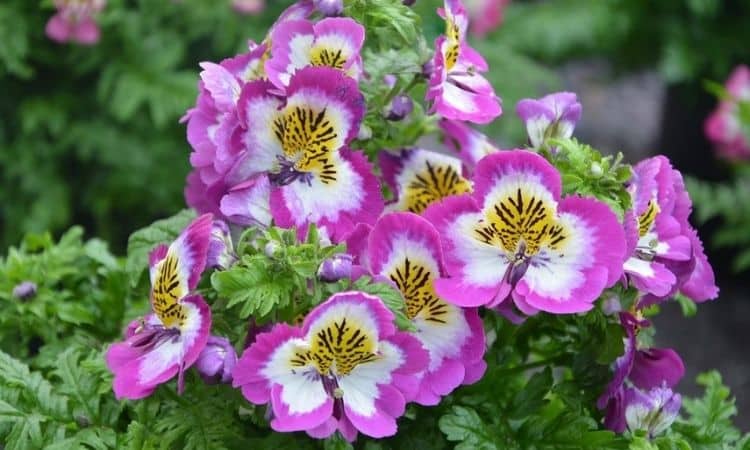
Butterfly Flower: These are the most beautiful varieties
In the trade, the seeds of the Schizanthus are usually offered as a colorful mixture of different varieties. However, nurseries and garden centers also sell preferred plants. The monochrome white Butterfly Flower, which is sold under the name ′Pure White′, is particularly simple and elegant. Of the multicolored varieties convince e.g. ′Scarlet bicolor′ and ′Lilac bicolor′. Their blossoms appear in intensive red tones or in a bright purple in combination with the white and the yellow center of the blossom.
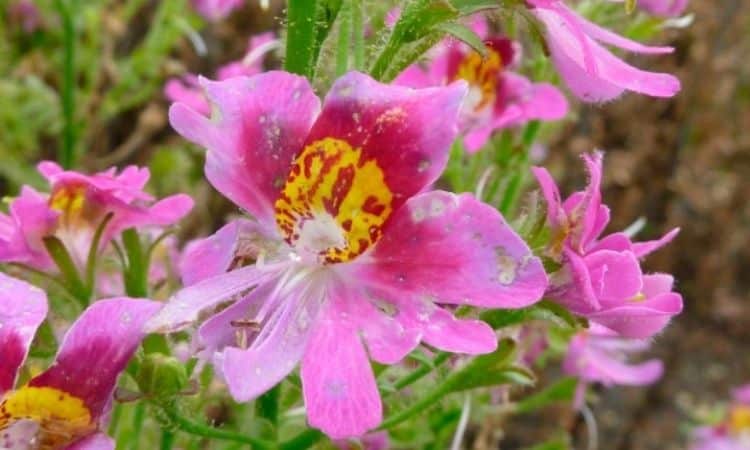
Plant Butterfly Flower: Time, location, and procedure
Because of their origin, Schizanthus is quite insensitive to heat and cold and can be planted in the flower bed or in a pot on the balcony. The plants can be placed in flower boxes as early as mid to late May, but should not be planted in the flower bed until mid-April. Since the peasant flower can survive temperatures down to -7°C without any problems, there is normally no risk of damage from late frosts.
You might so like: Plant And Care Banana Tree In Your Garden
In terms of location, Schizanthus is relatively undemanding. They prefer a sheltered, sunny to semi-shady place, but also feel comfortable in the shade. A permeable, nutrient-rich substrate is suitable for planting in containers. It is also important that the planter has a drain hole so that excess water can run off and no waterlogging occurs.
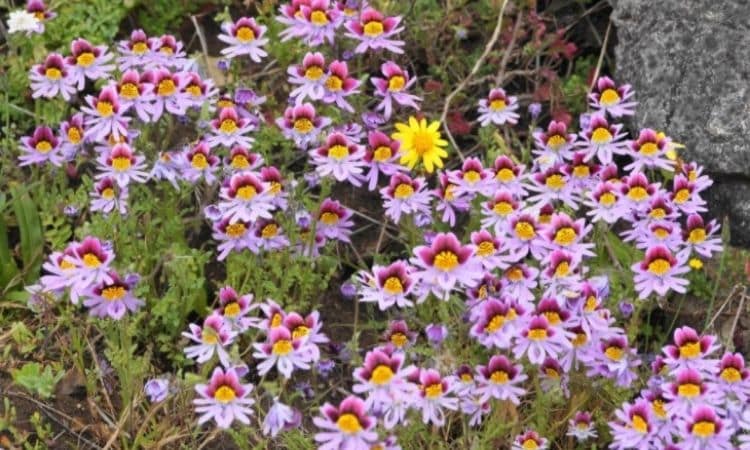
In the flower bed, the permeability of the soil can be increased by mixing some sand under the soil. A distance of approx. 20 cm should be kept between the plants.
Care of Butterfly Flower: What you should pay attention to
Butterfly Flower has a high water requirement and needs to be watered regularly. Make sure that the substrate never dries out completely. If the upper 2 cm feels dry, you should reach for the watering can and provide the plants with some water. The flowers and leaves should remain as dry as possible.
The nutrient requirements of the Schizanthus are also high. It should be replenished regularly so that the plants keep on producing new flowers throughout the entire vegetation period. Place the liquid fertilizer in a watering can every 1 to 2 weeks in a dosage of 3 to 5 ml per liter of water and then fertilize the Schizanthus with the water.
In order to stimulate the plants to form new flowers, again and again, it is advisable to prune them after the first flowering phase. To do this, remove the withered flowers around mid-June and trim the plants to about one-third of their growth height. The plants should also be trimmed a little at the sides. After the second flowering period, the plants can be pruned again.
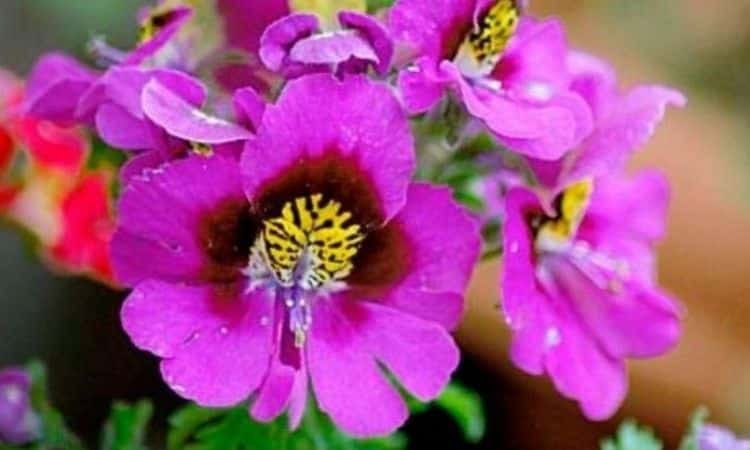
Propagating Butterfly Flower With Seeds
Butterfly Flower can be reproduced generatively via seeds. Harvest the seeds in autumn and store them in a cool, dark, and dry place. Next spring, the young plants can be brought forward indoors from March. For this purpose, fill propagation trays or small pots with the substrate and sow the seeds in a sowing depth of approx. 0.5 cm.

Place the containers in a protected, bright place without direct sunlight. At a temperature of approx. 15 °C and continuous humidification with a spray bottle the seeds germinate. When the plants are a few centimeters high, they can be pricked, i.e. carefully separated and replanted with a distance of about 20 cm.
You might so like: Ranunculus Flower (The Persian Buttercup): Plants, Care And Hardy Varieties
Alternatively, the seeds can be sown directly into a seedbed in the garden in April. They germinate within about 3 weeks. When the seedlings are strong enough, they can be pricked and the young plants can then be planted in the places intended for them.
